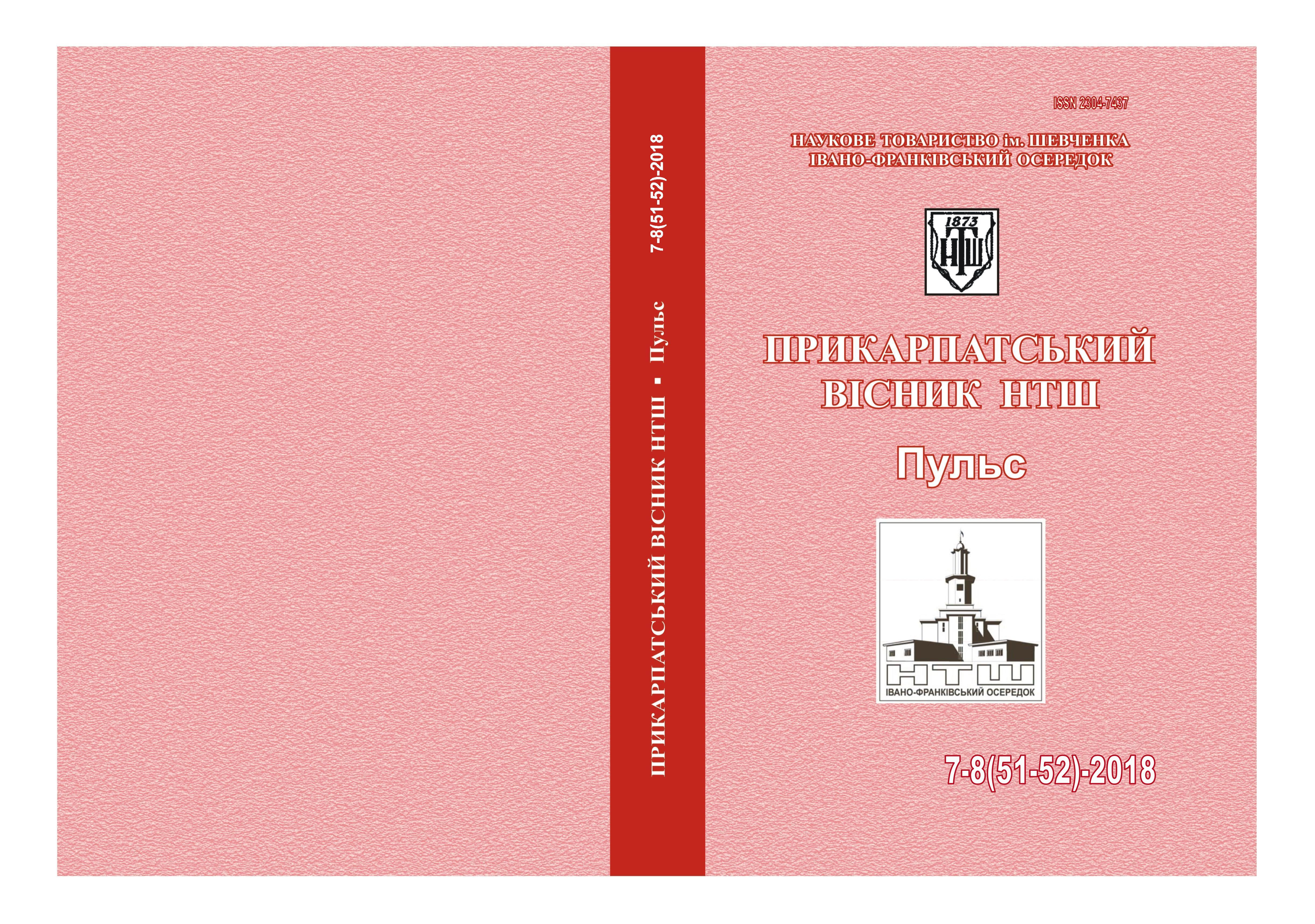OBJECTIVES OF HYPERTENSION SYNDROME IN PATIENTS WITH HYPERTONIC DISEASE
Keywords:
Arterial hypertension, Nijmegen questionnaire, hyperventilation syndrome, spirometry, ultrasound scan of the diaphragm.Abstract
Some of the patients with essential hypertension can find signs of a hyperventilation syndrome, which remains beyond the proper attention of physicians and which can complicate the course of hypertension. The conducted researches have determined that for the verification of hyperventilation syndrome and its degree of severity, in addition to the standardized Nijmegen questionnaire, spirometry can be used to determine the diaphragm excursion. It was found that in the group of patients (n = 43) hypertension with signs of hyperventilation syndrome showed a decrease in pulmonary ventilation rates in relation to the proper values, especially among patients with 2 degrees of arterial hypertension. In particular, the indicators of the LCL, VFI1 sec, SV were significantly lower. The revealed changes were amplified after the hyperventilation test performed in all patients in the main group. At the same time, only in 28.57% of patients in the control group (n = 14) without signs of hyperventilation syndrome, under conditions of hyperventilation, pulmonary ventilation from the lungs (21.43%) to moderate (7.14%) was detected. In addition, patients in the main group noted restriction of diaphragmatic excursion in comparison with the results obtained in the control group, which increased in the conditions of hyperventilation. The revealed changes in hypertonia require timely diagnosis and correction.
References
2. Агаджанян Н. А. Хроническая гипокапния системный патогенный фактор / Н. А. Агаджанян, Ю. Н. Мишустин, С. Ф. Левкин. – Самара, 2004. – 165 с.
3. Балеф Э. Л. Проба с гипервентиляцией у больных артериально гипер-тензией /Э. Л. Балеф // Здравоохранение Казахстана. – 2007. − Т. 86, № 4. − С. 29−35.
4. Баранов В. Л. Исследование функции внешнего дыхания / В. Л. Баранов, И. Г. Куренкова, В. А. Казанцев. – С. Пб: Элби-СПб, 2002. – 302 с.
5. Вейн Α. Μ. Нейрогенная гипервентиляция / Α. Μ. Вейн, И. В. Мол-довану. − Кишинев: Штиинца, 1988. – 184 c.
6. Кобалава Ж. Д. Рефрактерная артериальная гипертония и ожирение/ Ж. Д. Кобалава, Ю. В. Котовская, А. С. Мильто // Российский кардио-логический журнал. – 2002. – № 4. – С. 53–57.
7. Митьков В. В. Практическое руководство по ультразвуковой диагно-стике. Общая ультразвуковая диагностика / В. В. Митьков, Б. М. Наза-ров, К. А. Зыков, Л. Г. Ратова и др. – М.: Видар-М., 2011. – 720 с.
8. Назаров Б. М. Нужна ли спирометрия при сердечно-сосудистых забо-леваниях? / Б. М. Назаров // Системные гипертензии. – 2013. – № 2. – С. 69–74.
9. Овчаренко С. И. Гипервентиляционный синдром. Сопоставление кли-нической картины и функции внешнего дыхания при бронхиальной аст-ме, гипертонической болезни, паническом расстройстве / С. И. Овчарен-ко, А. Л. Сыркин, М. Ю. Дробижев // Пульмоноло-гия. − 2004. − № 4. − С. 16−21.
10. Урбан П. И. Гипертоническая болезнь с гипервентиляционным син-дромом и маркеры повреждения эндотелия / П. И. Урбан, В. В. Щеко-тов, П. Н. Варламов // Материалы Съезда терапевтов Приволжского федерального округа России. – 2011. – С. 77–78.
11. Филатова Е. Г. Гипервентиляционный синдром: этиопатогенез, диагно-стика и лечение / Е. Г. Филатова // Фарматека. − 2006. − № 7. − С. 1−4.
12. Bass C. Hyperventilation syndrome: a chimera? / C. Bass // J. Psychosom. Res. – 2004. – Vol. 42, № 5. – Р. 421–426.
13. Gardner W. Hyperventilation in clinical practice / W. Gardner, C. Bass // Br. J. Hosp. Med. – 2004. – №41 (1) – P. 73–81.
14. Nardi A. E. Hyperventilation in panic disorder and social phobia // A. E. Nardi, A. M. Valenca, I. Nascimento // Psychopathology. − 2002. − Vol. 34, № 3. − P. 123−127.
15. Zureik M. Reduced pulmonary function is associated with central arterial stiffness in men / M. Zureik, A. Benetos, C. Neukirch //Am. J. Respir. Crit. Care Med. – 2001. – Vol. 164. – Р. 2181–2185.
16. http://meduniver.com/Medical/Physiology/613.html.

